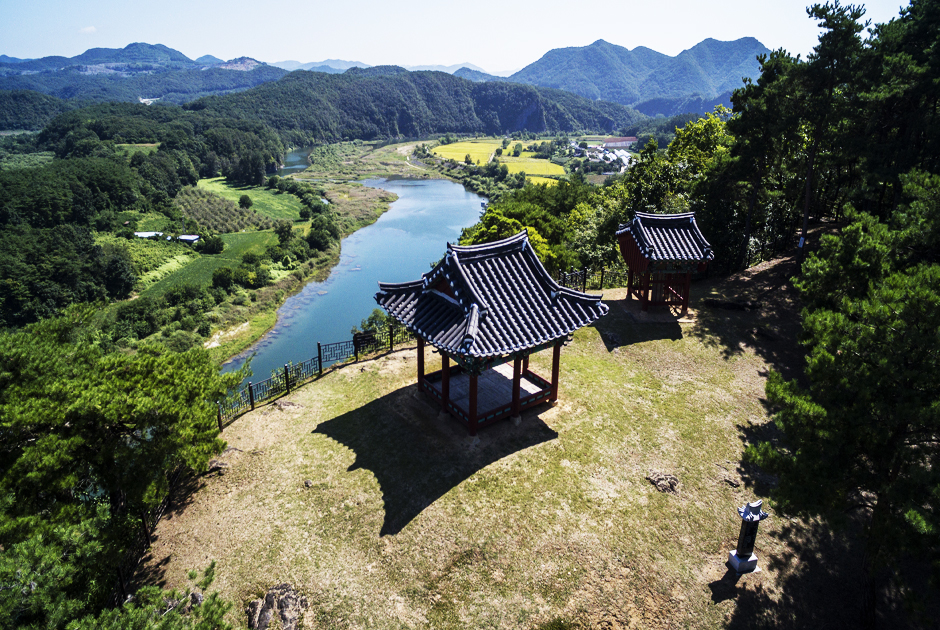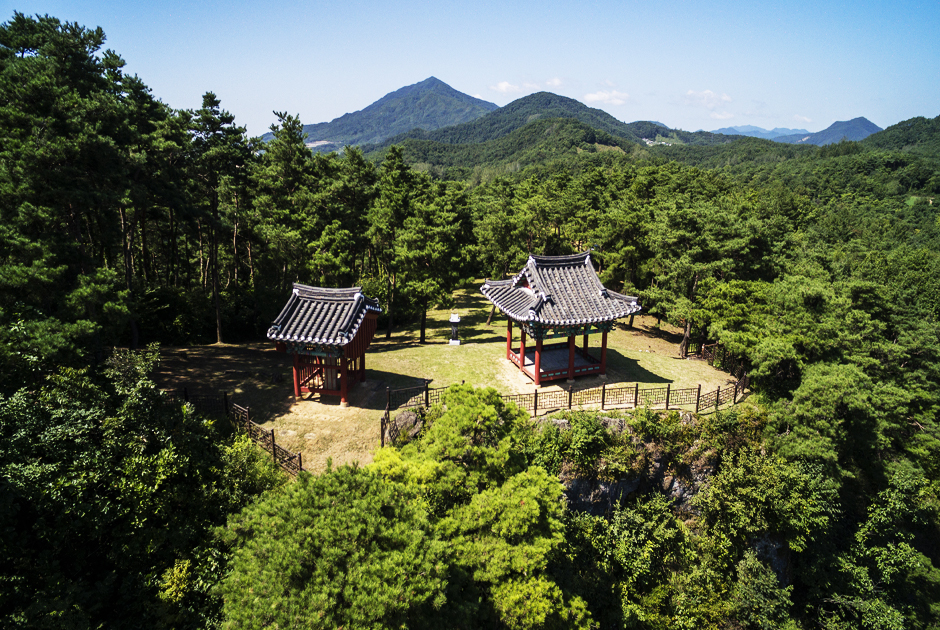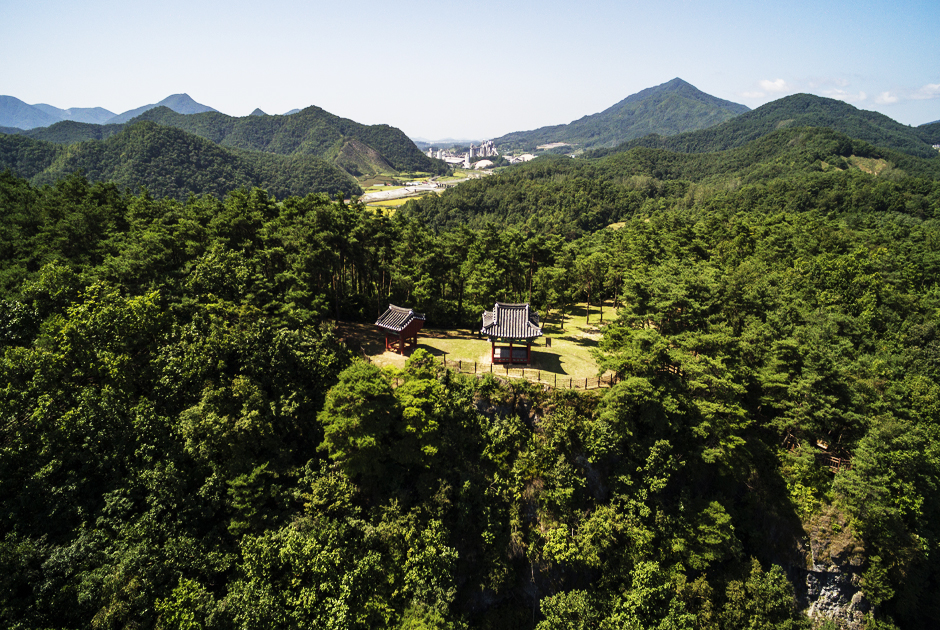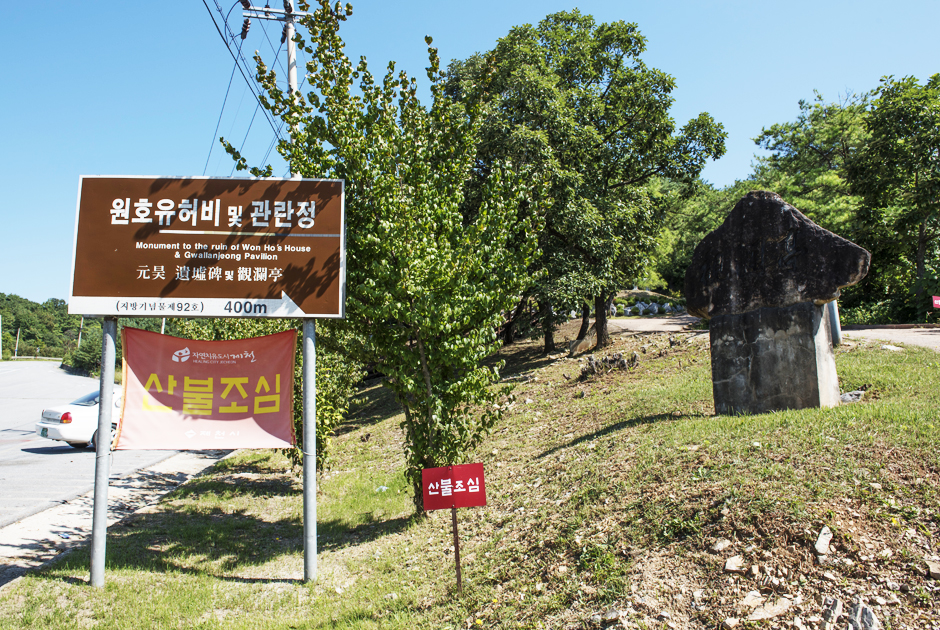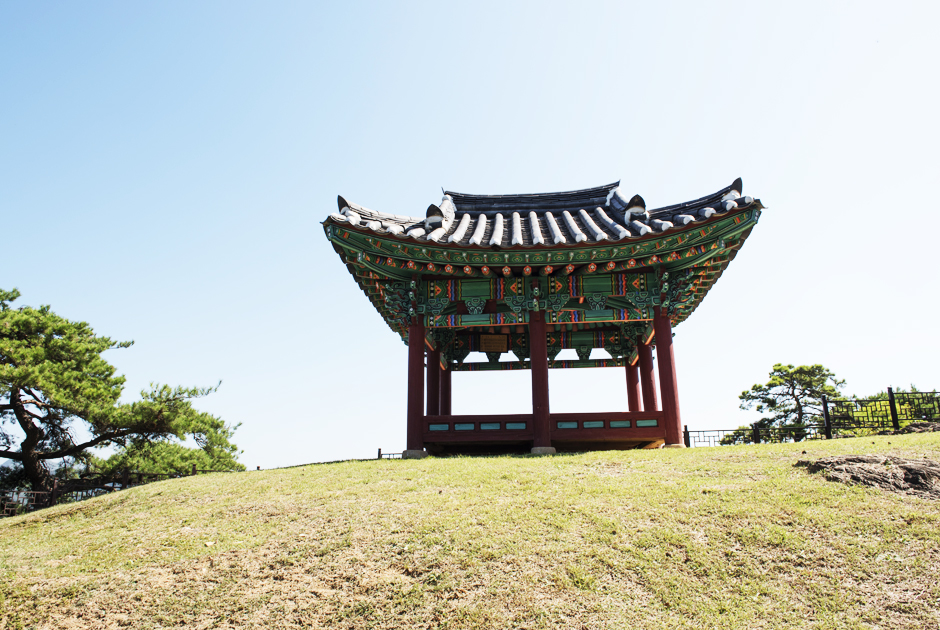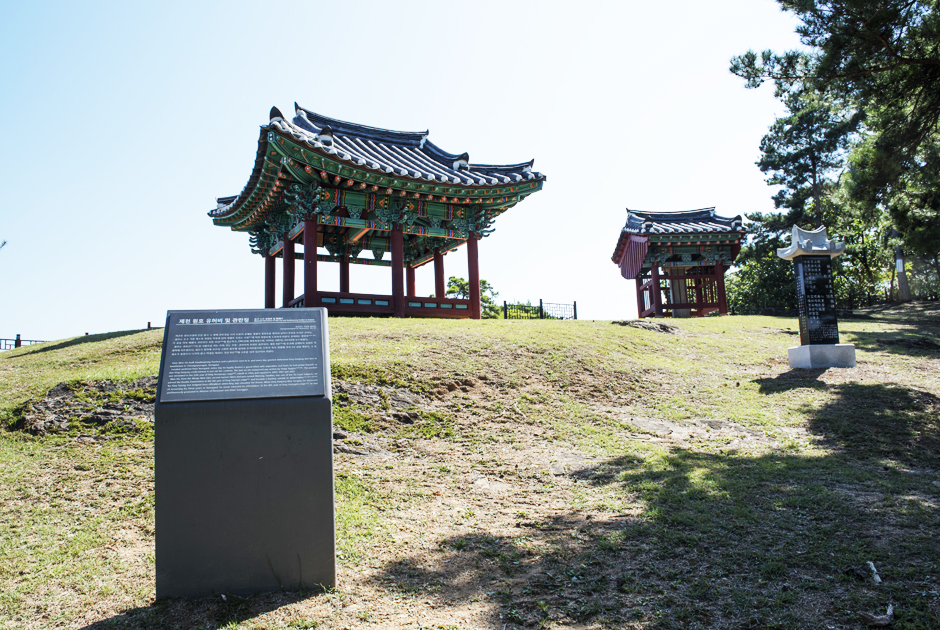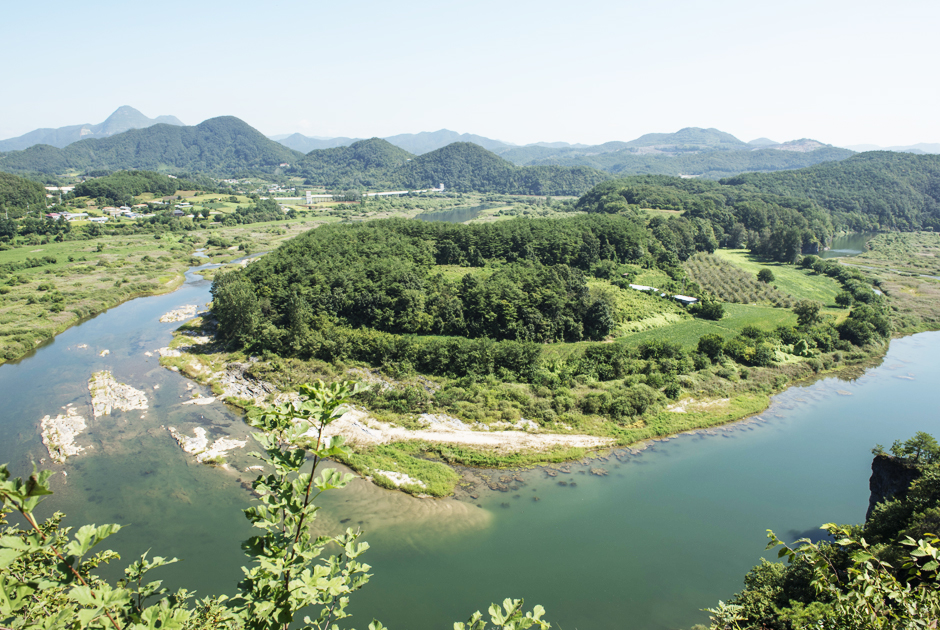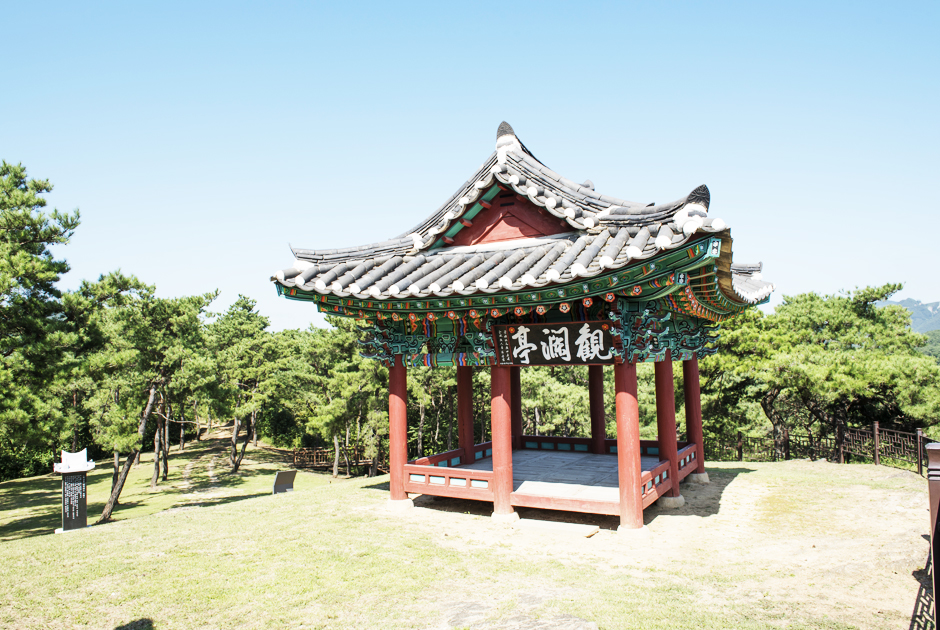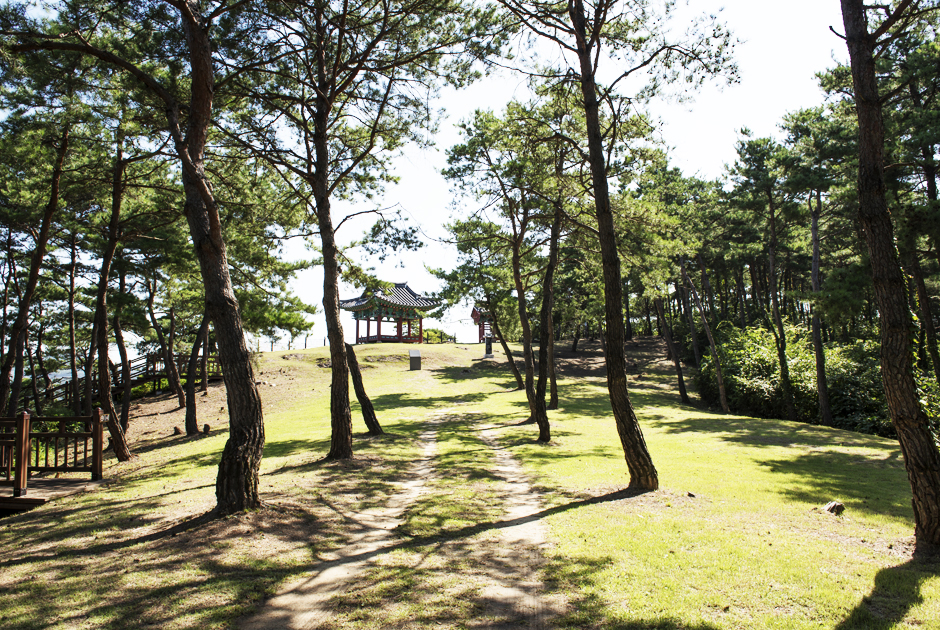In the year of the fowl, Sejo of Joseon dethroned his nephew, Danjong of Joseon, taking the throne for himself (Gyeyujeongnan). There were famous vassals that opposed this and remained loyal to Danjong of Joseon called the Sayuksin, who plotted to bring Danjong of Joseon back and were executed for it, and the Saengyuksin, who forsook their titles and lived the rest of their lives longing for their king and refusing to leave their fields. The Saengyuksin did not plot a coup like the Sayuksin, but they did not acknowledge Sejo of Joseon as king, forsaking their titles and living their lives in the countryside. Wonho stayed on the outskirts of Jangok-ri, Songhak-myeon (what is now Gwallanjeong Pavilion today) and asked after Danjong of Joseon when he was exiled to Yeongwol by Sejo. When Danjong of Joseon’s title was reduced to Nosangun and buried in Yeongwol, it is said that he raised an altar, cried morning and night, and bowed towards the grave. Sejo of Joseon later called him forth, granting him the title of Hojochameui, but he put his life on the line by continuing to reject the offer. After Wonho died, his descendants and other scholars sought to commemorate his loyalty and put up a tombstone and a pavilion and a memorial stone was put up alongside in his memory. Gwallanjeong Pavilion is a low hill but the landforms that resemble the Korean Peninsula and the Pyongchanggang River, which can be seen from it, are as beautiful as Wonho’s loyalty.
 자연치유도시 제천 문화관광
자연치유도시 제천 문화관광